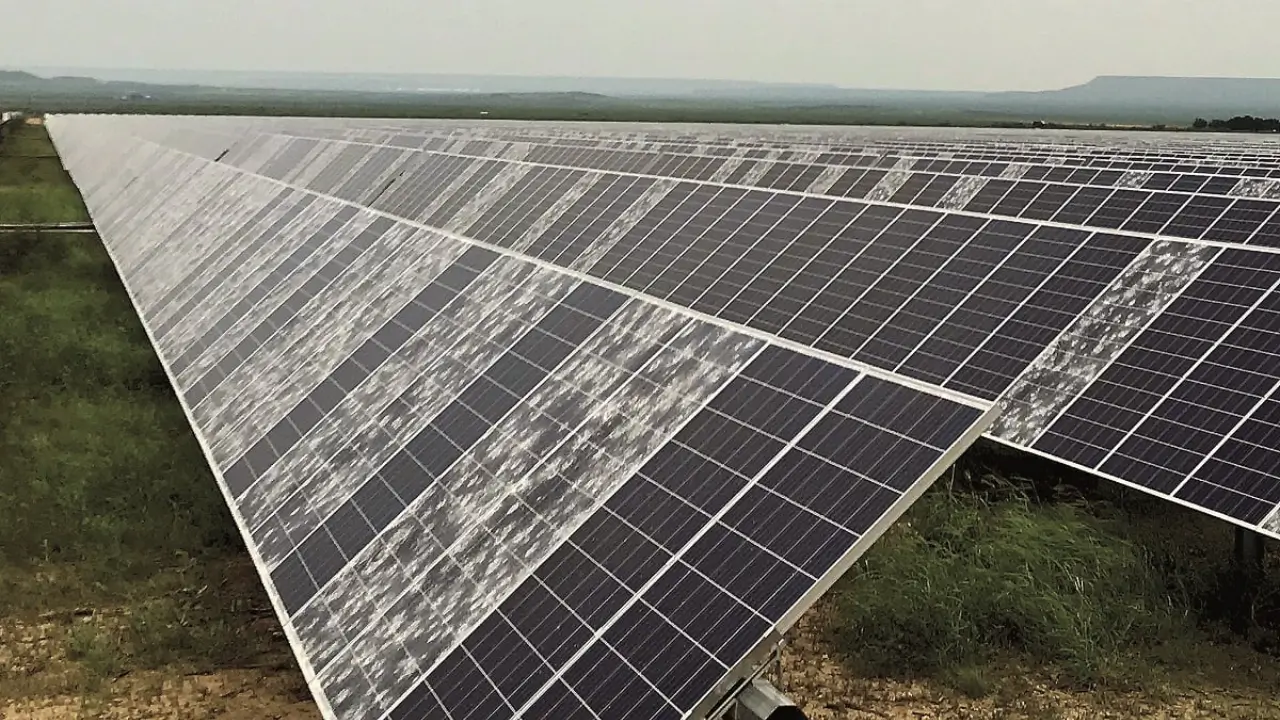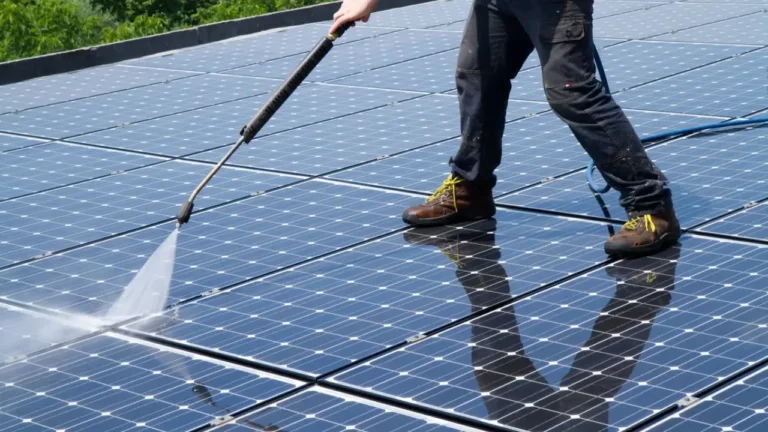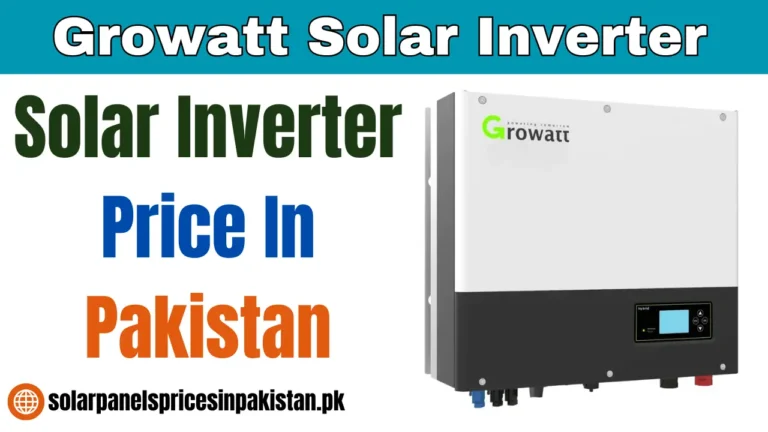Top 5 Factors Responsible for Glass Breakage in Solar Modules
Solar energy has emerged as a key player in sustainable energy production. However, one of the critical challenges in solar panel durability is the breakage of glass, which directly affects performance and longevity.
Understanding the factors responsible for glass breakage in solar modules is crucial for improving their lifespan and efficiency. Here are the top five reasons why solar panel glass may crack or shatter.
Also Read: Longi Hi-Mo X 10 Solar Panel launching in 2025
1. Mechanical Stress and Impact Damage
One of the primary reasons for glass breakage in solar modules is mechanical stress caused by external impacts. This includes:
- Hailstorms: Large hailstones hitting the solar panels at high speeds can cause cracks or even complete shattering.
- Falling Debris: Tree branches, stones, or any heavy object falling onto the panels can result in severe damage.
- Improper Handling: Poor installation practices, rough transportation, or accidental drops during maintenance can lead to micro-cracks that grow over time.
To prevent this, tempered glass is often used in high-quality solar panels to resist impact damage.
2. Thermal Stress and Temperature Variations
Solar panels are constantly exposed to varying temperatures, leading to thermal stress that weakens the glass over time. The main causes include:
- Sudden Temperature Changes: Rapid heating and cooling cycles, especially in extreme climates, can cause the glass to expand and contract unevenly, leading to cracks.
- Hot Spots Formation: Defective cells or shading can cause certain areas of the panel to overheat, putting extra strain on the glass.
Using high-quality glass with proper thermal expansion properties and ensuring adequate ventilation can help minimize this issue.
3. Poor Quality Glass and Manufacturing Defects
The quality of the glass used in solar modules plays a significant role in its resistance to breakage. Some common defects include:
- Low-Grade Glass: Inferior glass with impurities or air bubbles is more prone to cracks and breakage.
- Manufacturing Flaws: Improper lamination, uneven thickness, or undetected micro-cracks during production can reduce the panel’s durability.
To ensure longevity, solar manufacturers should use certified, high-quality tempered glass and conduct strict quality control checks.
Also Read: Jinko N-type 575 Watt Solar Panel Price in Pakistan
4. Structural Weakness and Improper Mounting
Incorrect installation and poor structural design can create stress points on the glass, increasing the risk of breakage. Key factors include:
- Weak Mounting Frames: If the solar module is not properly supported, excessive bending or vibrations can cause the glass to crack.
- Uneven Pressure Distribution: Over-tightened clamps or improper fastening can create localized stress, leading to fractures.
- Wind Load Pressure: Strong winds can exert uneven force on the panel, particularly in areas with weak structural support.
Using a well-designed mounting system with proper weight distribution and wind resistance can help prevent these issues.
5. Chemical and Environmental Exposure
Over time, solar panels are exposed to various environmental factors that can weaken the glass and make it more susceptible to breakage. These include:
- Corrosive Environments: Areas with high humidity, salty air (coastal regions), or industrial pollutants can cause glass degradation.
- Long-Term UV Exposure: Prolonged exposure to strong UV radiation can weaken the protective coatings and make the glass brittle.
- Acid Rain and Pollution: Chemical reactions from acidic rainwater and pollutants can erode the glass surface, increasing vulnerability.
To mitigate these effects, solar panels should have anti-reflective coatings and protective layers to enhance resistance against environmental stressors.
Conclusion
The durability of solar panel glass is crucial for maintaining efficiency and ensuring long-term performance. By addressing the key factors (mechanical stress, thermal variations, poor glass quality, improper mounting, and environmental exposure), manufacturers and users can take proactive steps to prevent breakage and extend the lifespan of solar modules.
Using high-quality tempered glass, proper installation techniques, and routine maintenance can significantly reduce the risk of glass failure, ensuring reliable energy production for years to come.
FAQs
1. Why does solar panel glass break?
Solar panel glass can break due to mechanical stress, thermal variations, poor quality materials, improper mounting, and environmental exposure. These factors weaken the glass over time, making it more susceptible to damage.
2. How can hailstorms damage solar panels?
Large hailstones traveling at high speeds can strike the glass surface of solar panels, leading to cracks or complete breakage. Using tempered glass can help reduce the impact damage.
3. What is thermal stress, and how does it affect solar panels?
Thermal stress occurs due to sudden temperature changes, causing the glass to expand and contract unevenly. Over time, this weakens the panel, leading to cracks and reduced efficiency.
4. Can poor manufacturing cause solar panel glass to break?
Yes, low-quality glass, air bubbles, uneven thickness, or micro-cracks during manufacturing can lead to early breakage. Strict quality control and the use of certified tempered glass help prevent such issues.
5. How does improper mounting contribute to glass breakage?
If solar panels are not mounted correctly, they may experience uneven pressure, excessive vibrations, or wind load stress. These factors create weak points in the glass, increasing the risk of cracks or shattering.
6. What environmental factors affect solar panel glass durability?
Exposure to high humidity, salty air (in coastal regions), pollution, acid rain, and UV radiation can degrade the protective layers and weaken the glass over time.
7. How can I protect my solar panels from breakage?
You can protect solar panels by:
- Using high-quality tempered glass.
- Ensuring proper installation and mounting.
- Conducting regular maintenance.
- Using anti-reflective coatings for environmental protection.
8. Can broken solar panel glass be repaired?
Minor cracks may be sealed with special coatings, but major breakages require replacing the entire panel. Using high-quality materials and preventive maintenance reduces the risk of damage.
9. Do all solar panels have tempered glass?
Most high-quality solar panels use tempered glass because it is stronger and more resistant to impact compared to regular glass. However, low-cost panels may use standard glass, which is more prone to breakage.
10. How often should I inspect my solar panels for damage?
It is recommended to inspect solar panels at least twice a year and after extreme weather events like hail storms or strong winds to ensure they are in good condition.






